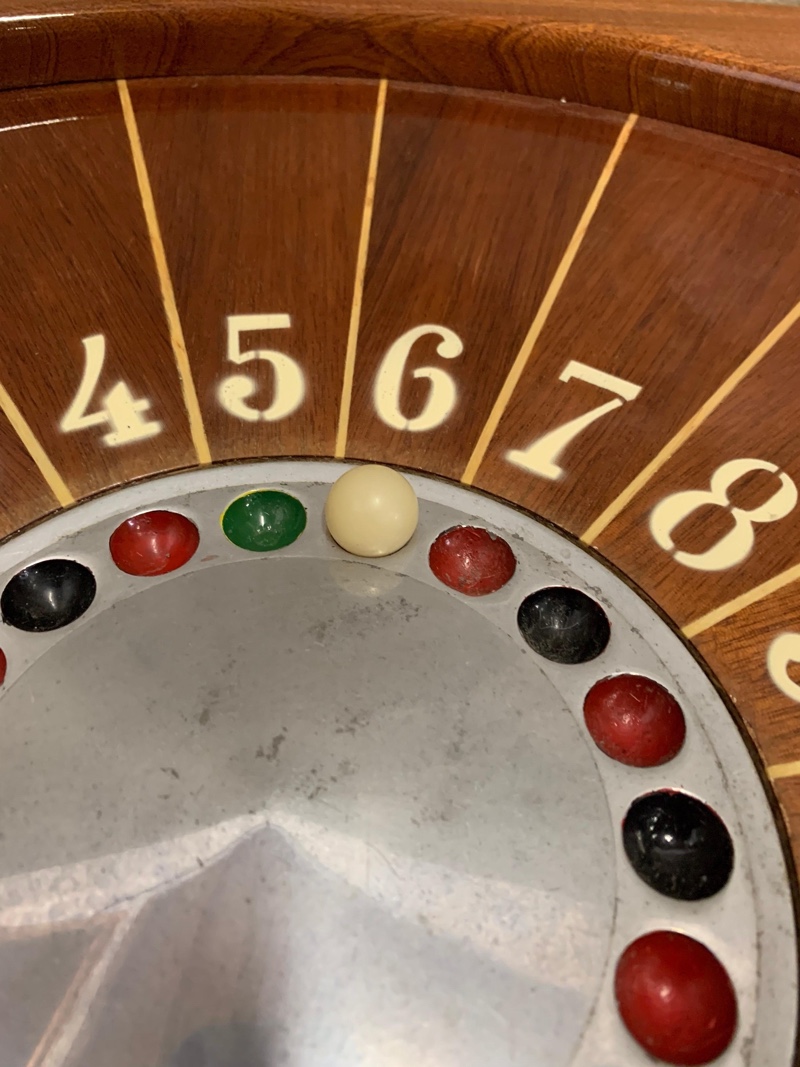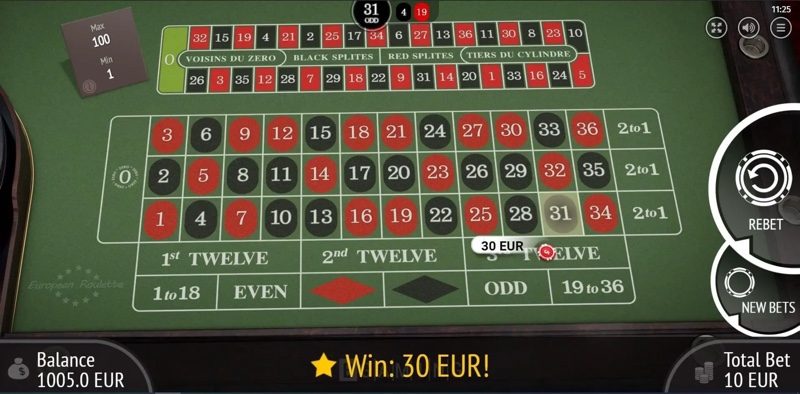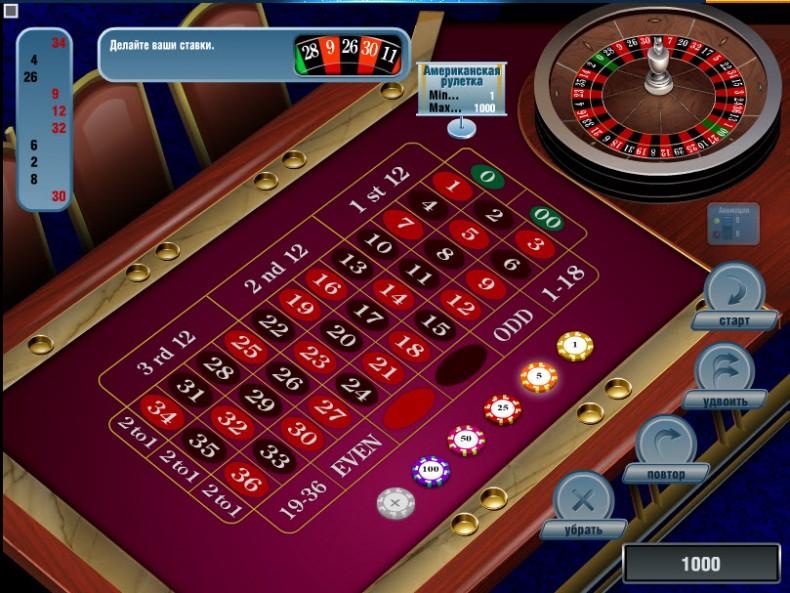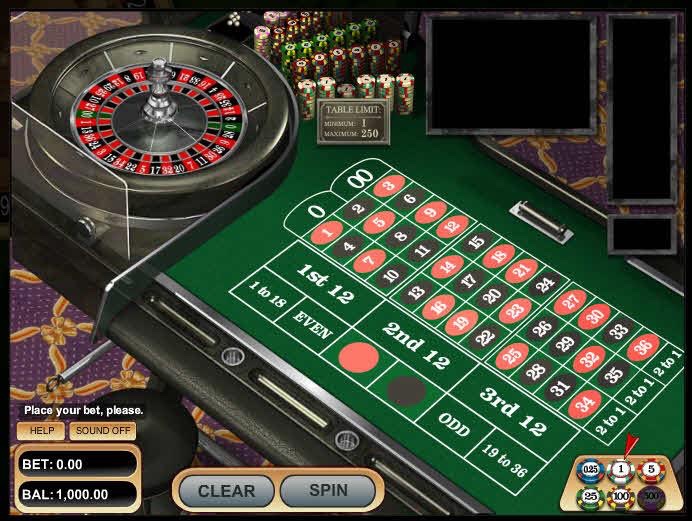Roulette Boule, often referred to as "Little Roulette," offers a unique twist on the classic roulette experience, and as a seasoned player, I can tell you that its mechanics and betting options are both intriguing and distinct. The game is played on a large wooden wheel, featuring only nine numbers (1 to 9) and a special yellow number 5, which acts as the house advantage. This limited range of numbers creates a different dynamic compared to traditional roulette formats, making it essential for players to adapt their strategies accordingly.
Game Mechanics
In Roulette Boule, the gameplay is straightforward yet engaging. Players place their bets on the felt layout, which includes options for betting on colors (red, black, and yellow) and specific numbers. The ball used is smaller than a tennis ball, and once the dealer spins the wheel, they announce "Rien ne va plus," signaling that no more bets can be placed. The outcome is determined by where the ball lands in the wheel's depression, and the simplicity of the mechanics makes it accessible for both new and experienced players.
One notable aspect of Boule is the presence of the yellow number 5. If the ball lands on this number, all bets on the other numbers lose, except for those placed on 5 itself. This unique feature significantly impacts betting strategies, as players must be cautious when placing outside bets on odds due to the potential for losing all other wagers if the ball lands on 5.
Bet Types
Boule offers a variety of betting options, similar to traditional roulette, but with some key differences:
1. Inside Bets:
- Single Number Bet: Players can bet on a specific number (e.g., number 5). The payout for this bet is typically 8 to 1, and the probability of winning is 10%. However, the house edge for this bet is 10%, which is higher than that of European roulette.
- Set of Three Numbers Bet: Players can also place bets on a set of three numbers (e.g., 1, 4, 7). The probability of winning on this type of bet is 30%, with a payout of 2 to 1.
2. Outside Bets:
- Players can place bets on colors (red, black, yellow), odd/even, or high/low. The payouts for these bets are generally lower, but they offer higher odds of winning compared to inside bets. For instance, betting on red or black pays out at a rate of 1 to 1.
Strategic Considerations
When transitioning from traditional roulette to Boule, players should be aware of the different odds and payouts. The limited number range in Boule increases the chances of winning specific wagers, but it also means that the potential for larger payouts is reduced. The house edge of 11.11% in Boule is notably worse than that of European roulette, which typically sits around 2.7%. Therefore, if given the option, I would advise players to choose traditional roulette over Boule for better odds.
The gameplay of Boule is relatively fast-paced, appealing to those who enjoy quick rounds. The unique betting layout and mechanics encourage players to experiment with different strategies, especially when considering the impact of the yellow number 5 on their bets. Observing previous outcomes can enhance the experience, although it's essential to remember that each spin is independent.
Bet Types and Payouts
| Bet Type | Category | Frequency or Occurrence Rate | Payout or Multiplier Range | Notes |
|---|---|---|---|---|
| Single Number Bet | Main Bet | 10% | 8 to 1 | House edge of 10%. |
| Set of Three Numbers Bet | Main Bet | 30% | 2 to 1 | |
| Color Bets (red, black, yellow) | Outside Bet | 1 to 1 | Higher odds of winning compared to inside bets. | |
| Odd/Even | Outside Bet | 1 to 1 | ||
| High/Low | Outside Bet | 1 to 1 | ||
| House edge of 11.11%. | ||||
| Unique feature: Yellow number 5 causes all other bets to lose. |
Pros
- Unique twist on classic roulette experience
- Straightforward and engaging gameplay
- Variety of betting options available
- Fast-paced nature appeals to casual players
- Encourages experimentation with different strategies
Cons
- Higher house edge compared to traditional roulette
- Limited number range reduces potential for larger payouts
- Less favorable odds than European roulette
- Potential for losing all outside bets if ball lands on yellow number 5
Try Another Roulette
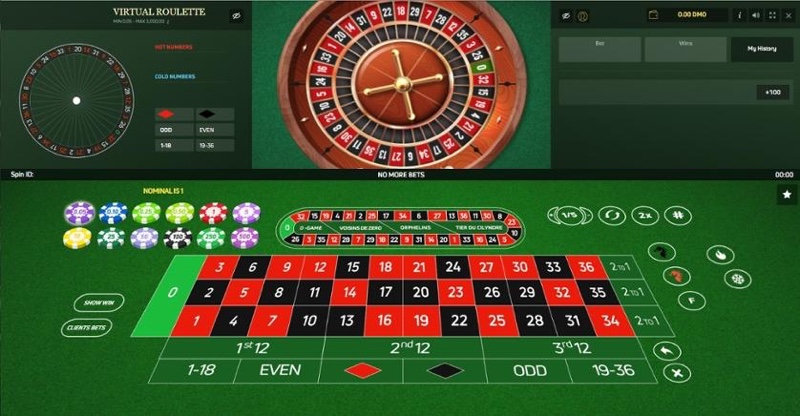
Virtual Roulette (Smartsoft Gaming)
- European
- SmartSoft Gaming
- Low Limit to High Limit
- Rating: 4/5
- Score: 4/5

Premier Roulette (Microgaming)
- European
- Microgaming
- Low Limit to High Limit
- Rating: 4.7/5
- Score: 4.5/5
